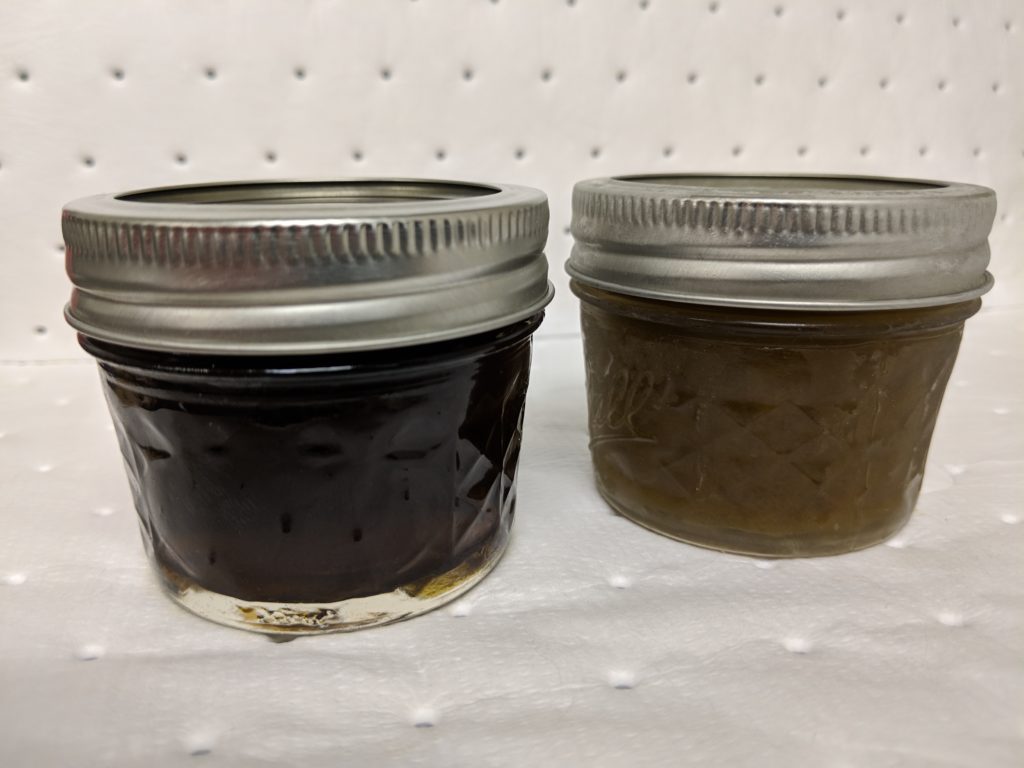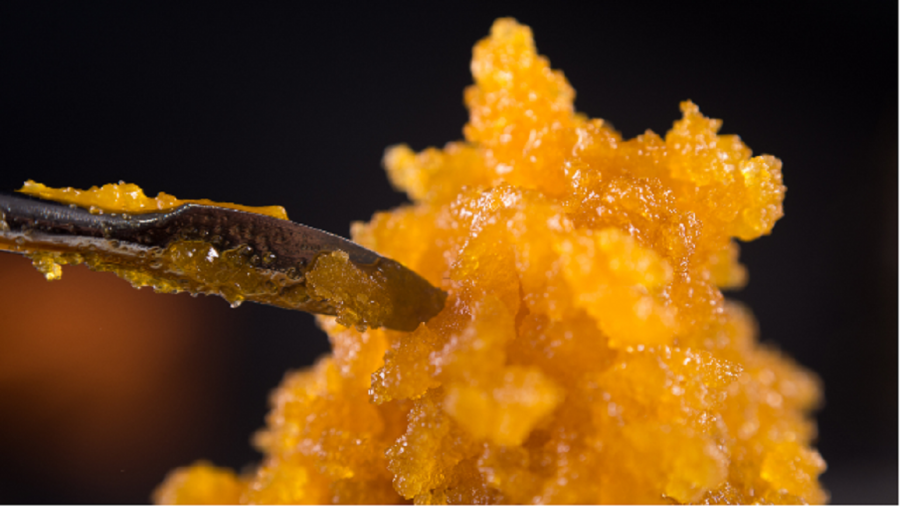Proper winterization is an important step in creating a high purity extract.
Winterization is the removal of lipids from crude extract. Lipids are fatty acids that are also extracted from the plant. It is typically the next step after extraction.
A refinement process used to remove fats, waxes, and lipids from extracts. The winterization of oil purifies crude extracts, increasing the quality and flavor of the resultant oil. Cannabis winterization is achieved by mixing cannabis extract with ethanol and freezing the solution to allow the undesirable compounds to solidify. The solution is then passed through a filter, separating, or winterizing, wax, lipids, and fats from the oil. The final step involves removing the ethanol from the solution. The finished product of winterization, also known as de-waxing, is considered a winterized extract.
Why Remove Waxes and Lipids?
Before we can delve further into the methods of removing waxes and lipids, we must first understand why it’s so important to rid them from our concentrates. To put it into perspective, let’s use a common example.
You’ve just purchased a gram of concentrate from your favorite dispensary – we’ll say it’s shatter. When you first bought it and brought it home it may have looked pristine with excellent clarity, which is great. But now it’s several days later and you want to take a dab and your concentrate is cloudy and looks more like wax or budder.
So why is your once-beautiful shatter now a cloudy mess? The answer is lipids and waxes. Through a process known as nucleation, or “auto-buddering” as it’s commonly referred to in the cannabis industry, the waxes and fats actually alter the chemical make-up of the concentrate over time and exposure to different elements (heat, oxygen, light), resulting in a cloudy or budder-y appearance.
In addition to the visual appeal of a product, waxes and lipids can also affect the smoothness and the flavor of a concentrate. As you may know, high temperatures are needed to take a dab and effectively vaporize a concentrate. However, waxes and lipids found in cannabis have much higher melting and sublimation points than cannabis extracts, resulting in diminished flavor of your dab and increased residue left in your banger. Even worse, waxes and lipids are not too great to inhale as a vapor and can cause harsh hits that irritate your throat – an experience nobody wants.
How to Winterize BHO
Winterization can also be used to clean up butane hash oil (BHO), one of the most popular cannabis concentrates. BHO is also sometimes referred to as butane honey oil, for the yellow-gold color it takes on after the butane has been purged.
BHO extraction can be risky and is a job best left to experts. Winterizing BHO can be done at home; however, it should be performed with appropriate caution. The winterization process for BHO requires the butane extract to be blended with ethanol. The solution is then frozen to force undesirable substances to become suspended, so they can be effectively filtered out. If the product is still suboptimal, these steps can be repeated until the solution becomes a golden wash. Finally, the ethanol must be purged from the solution.
Winterized BHO is available in a range of different consistencies, such as shatter. Winterized shatter is a cannabis concentrate that is translucent, glass-like, and very potent.
Winterizing CO 2 Extracts

Winterization can also be carried out on cannabis concentrates that have used liquid carbon dioxide as a solvent instead of butane. The process of winterizing CO2 oil is very similar to the process used for winterizing BHO.
Why winterize to remove lipids?
- Fats dilute the cannabinoid fraction, lowering the purity
- Fats can cause distillate to be less transparent hurting its value.
- In vape pens, they can burn on the coil and cause the pen to taste burnt.
The amount of fats picked up in the oil during extraction vary according to the extraction method used.
How Extraction Impacts Winterization
Cold ethanol is the best extraction method for minimizing fats in extract. The colder the ethanol, the less fat will be pulled from the plant.
BHO extraction picks up a moderate amount of fats. Think of the cloudiness that can be seen in shatter or a similar product.
CO2 extraction is known for pulling the most fats out of the plant.
Even between those three methods, variation of the extraction parameters has a strong influence the amount of plant fats picked up.

General Winterization Techniques
Typical winterization:
- Using 10 Liters of ethanol for every Liter of crude extract
- 190 proof ethanol is actually preferred to pure ethanol. While also being cheaper, 95% ethanol has 5% water making it ever so slightly more polar. This is beneficial for winterization because the cannabinoids remain soluble even at cold temperatures whereas the waxes are insoluble and crash out of solution.
- Get as close to -80 C as possible. Above -20 C, winterization will do very little. People use chillers, walk in freezers, chest freezers, dry ice, etc.
- 24 hours or more is a normal time to wait for waxes to precipitate out. Shorter times can be used, but it is not as thorough.
- To see if any waxes remain in the filtered solution, you should place a small sample (several mL) back in the freezer for a day or so. If the solution appears cloudy when you check back up on it, further winterization may be needed.
Typical Filtration:
- Vacuum/pressure assisted filtration
- Highest surface area filter possible
- If possible, scrape accumulated waxes off the filter (without disturbing it!) because they will lower the flow.
- Use several different filters. For example, start at a higher micron filter, use a medium filter, and then finally task your smallest micron filter with only the finest particles of wax and the least amount of waxes.
- Metal filters can be expensive compared to paper filters, but they are reusable and they can’t rip.
If you are using filter papers:
- That there are NO gaps between the edge of the paper and the filter
- Cover all holes completely
- Consider using either a gasket and clamp to hold the filter in place or use a filter bed. Both of these things will prevent the filter from shifting, prevent solution from going around the edge, and allow you to scrape waxes off the filter to improve time efficiency.
The fats removed by winterization will add up to several percent of crude extract.

You can make capsules with it. Or really any edible where taste isn’t much of a factor. The lipid-wax combination acts as an emulsifier of sorts and so you’ve got a decent thickening agent for anything with a high enough room-temperature viscosity.